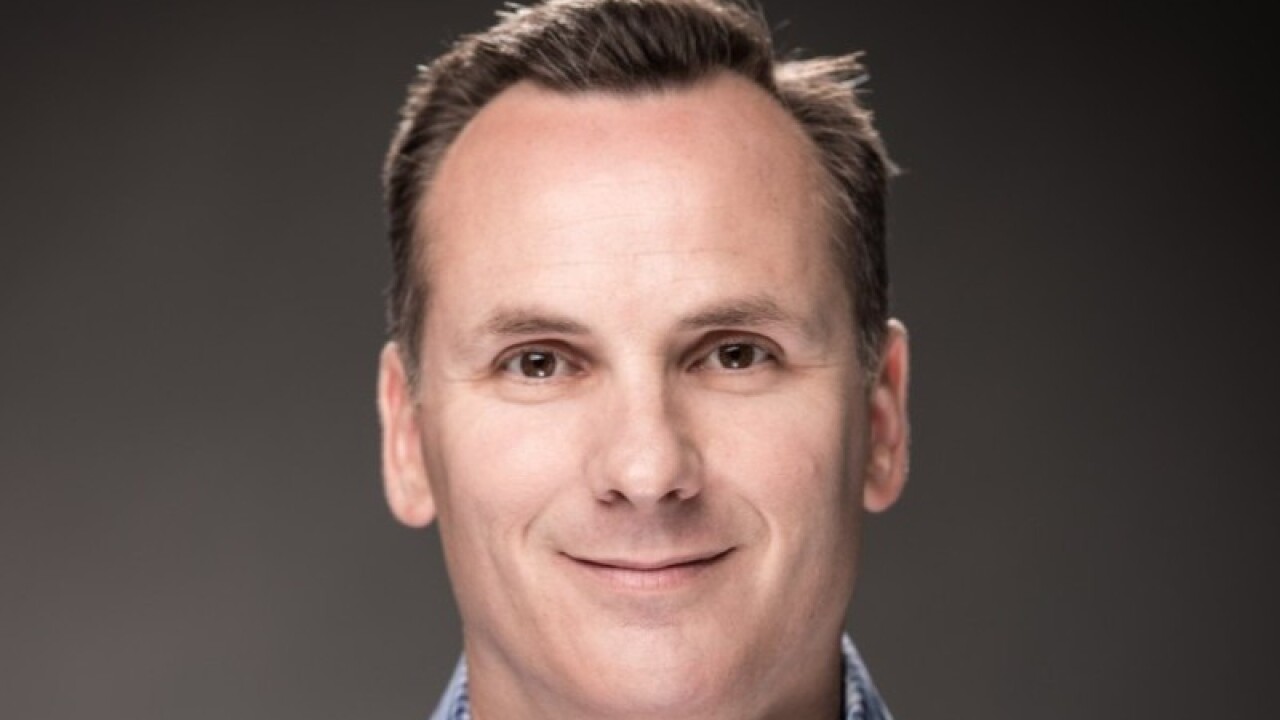Kerry Hatcher, a trust and investment specialist and market manager in the First Interstate Financial Services division at First Interstate Bank of Billings, Mont., has gained a $35 million book of business, given it up, then started all over again to create a business he says is growing almost too fast to keep up with.
Apart from one short-lived venture, Mr. Hatcher has spent the past 21 years working in financial services. He joined Prudential out of college and then moved to Farmers Insurance. He took a break from the industry to open a guest ranch with his wife, but the reality of hosting a constant stream of visitors soon rubbed the sheen off the project, and in 1996, he joined the regional broker-dealer D.A. Davidson in Miles City, Mont.
After moving in 1998 from Davidson to a First Interstate branch in Miles City, on the high plains of eastern Montana, Mr. Hatcher had to make a tough choice to achieve the work-life balance he sought. He pined for his home territory at the opposite end of the state. And when an opening occurred in Bozeman, in the mountains of western Montana, he jumped at the chance.
But he had to leave behind his book of 800 clients and $35 million of assets. "I've kind of done things the hard way," he concedes, "but I'm now in my fifth year, and I'm really starting to see things grow." Because First Interstate pays a salary plus bonus, the move did not sting as much as it would have had he been a commission-only rep.
Originally assigned to six branches, including Butte, Mont., and Jackson, Wyo. - the latter so far away that he had to fly down every month to put in some face time - Mr. Hatcher responded by training his branch staff on the do's and don't's of client handholding and by using conference calls to meet with far-off clients.
"These aren't as good as face-to-face meetings, but they're useful when there's an urgency," he says. "I've also used video conferencing with high-net-worth clients, which is much better than a phone call."
Mr. Hatcher's territory has now been scaled back to four branches, in Bozeman, Livingston, and two rural sites, but his furthest two branches are still 100 miles apart. He also must help clients whose accounts range from $50 Roth IRA start-ups to $3 million trust accounts.
He has nearly doubled his Miles City assets in five years. "I now have 1,100 accounts, which translates into 500 relationships and $60 million in assets under management," he says. "My assets have grown from $45 million back in 2004; the markets have been good; and I've added a lot of clients."
Mr. Hatcher's diverse client base is reflected in his product mix - 35% fixed income, 30% mutual funds, 20% fixed or variable annuities, 5% individual equities, 5% life insurance, and 5% unit investment trusts. This mix also reflects his clients' investment outlook, which, as is usual in bank brokerage, is on the conservative side.
However, his clients' demographic characteristics vary widely from branch to branch and town to town. Bozeman, for example, is a younger, outdoorsy community. And "it's a wealthy demographic," Hatcher says. "There are a lot of 20- and 30-year-olds living off of trusts. Bozeman is the fastest-growing area in Montana. People have discovered the West; they love skiing; they love the open space; and it's a fly-fishing mecca. It's a very active population."
Livingston, on the other hand, is a staid, older community. Mr. Hatcher's clients there tend to be 50 or older. Both communities have enjoyed a decade-long growth spurt that has seen housing prices rise 15% per year, forcing Mr. Hatcher to compete with real estate for investment dollars.
Mr. Hatcher's practice is actually two businesses in one because, unlike most banks, First Interstate combines trust and brokerage. About $70,000 of his 2005 production came from trust-related business, which is all fees. Though he does not use wrap accounts on the brokerage side, Mr. Hatcher will use C-share mutual funds, which also generate fees. But the customer dictates the approach.
"Trust can be a gray area," he says, "but in general the typical trust client requires additional services and wants total money management. We only offer discretionary accounts on the trust side."
Mr. Hatcher categorizes his clients in tiers from A to D. He contacts A and B clients monthly, C clients quarterly, and D clients at least annually. He uses a fund family that gives them many of the benefits of active management without the hassle.
"I use a lot of asset-allocation funds, particularly Accessor Funds, a manager of managers, for my C and D clients," he says. "Accessor rebalances each quarter, monitors for performance and style drift, and optimizes risk and return. It only uses external managers, and it is quick to replace underperformers. Accessor is slightly above the industry average cost, but it brings a lot more to the table."
Things get more complicated with A and B clients. "I try not to use individual securities until clients are at least at a $75,000 to $100,000 foundation level. It's vital to be adequately diversified."
"My book has grown at almost too rapid a pace," he says, "which makes focusing on customer service a challenge." Nonetheless, he says he has zero client attrition and is averaging 20 to 30 new clients per month. In the months after the Sept. 11 attacks, his efforts to contact clients and prospects paid an unexpected bonus.
"We were very busy contacting clients and growing by 30 to 40 new clients per month because other firms weren't contacting their clients," he says. "Clients have the perception that brick-and-mortar places are safer," he adds, "which is something wire houses don't have so much of."
Mr. Hatcher credits his two assistants - Ellen Ross, who has worked with him for six years, and D'Dea Raihl, his new assistant in Livingston - for his ability to handle the workload. He says he is now handing off some of his C and D clients to these assistants and may end up hiring a junior broker.
He manages four other reps, and the bank is developing a platform program. In its two-state footprint First Interstate has 40 advisers in all who also double as trust officers. The reps report to one of four regional market managers in Montana and three in Wyoming. "I work with trust, but I'm also a regional market manager, so I have supervisory responsibility over a team of reps," Mr. Hatcher explains. He was promoted to the post two years ago after the bank restructured - it had grown large enough to justify creating a layer of producing managers. The overall program manages $3 billion of assets.





